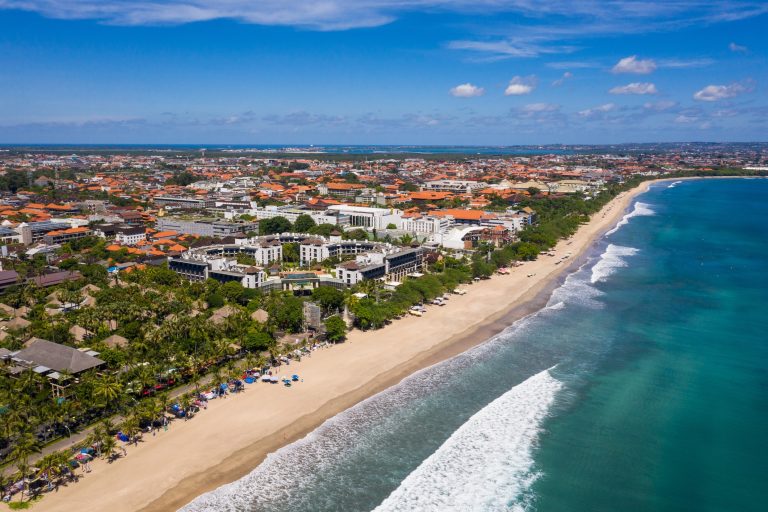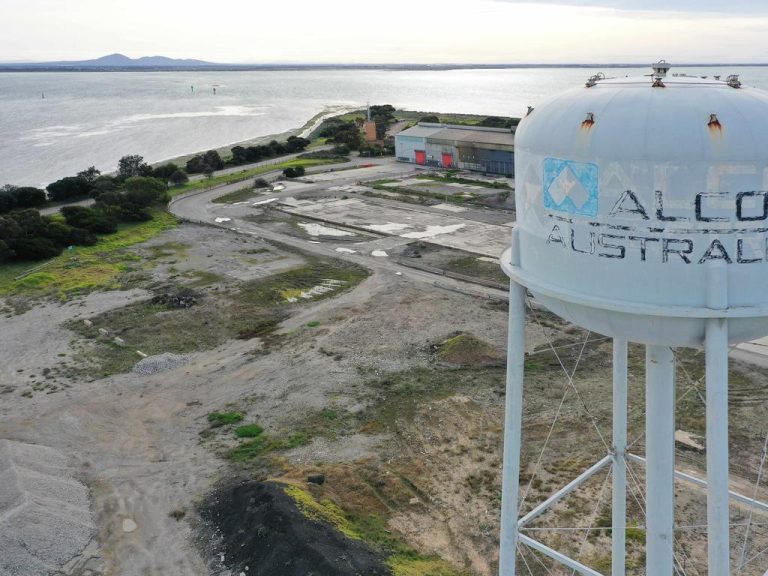Chinese-backed Autumn Estate buys Greystones as foreign raiders snap up rural gems
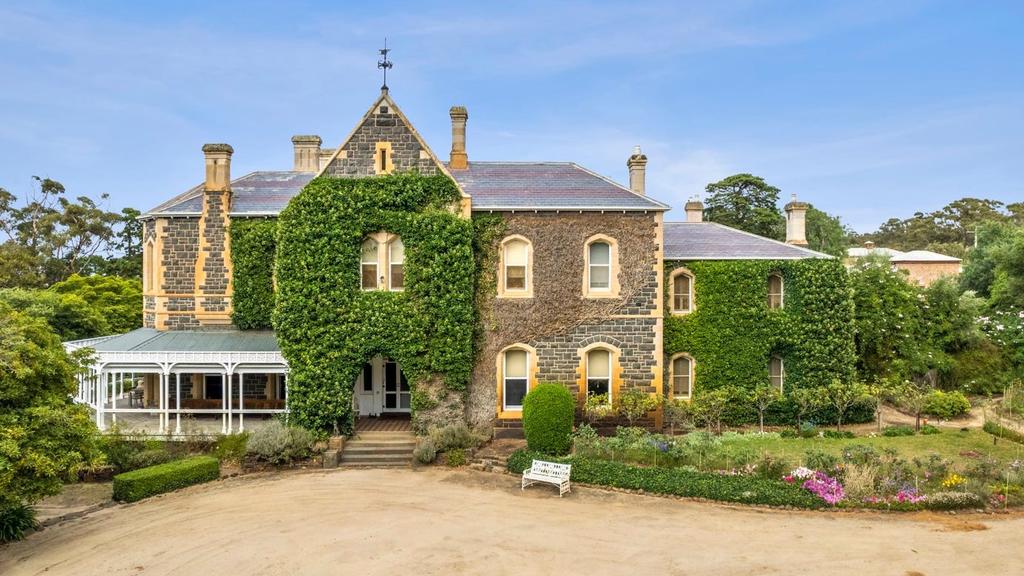
The centrepiece of the Greystones is the 15-bedroom bluestone homestead, which is almost 150 years old and is listed on the Victorian Heritage Register.
Foreign groups are swooping on high-profile rural properties with a Chinese-backed group splashing out on an historic estate, and cropping enterprises drawing investors from Europe and North America.
The big-ticket purchases are being struck at a time when the climate in key parts of Australia is providing bumper crops, and healthy returns on key commodities have put Australia on the map for global investors.
In the most prominent purchase, Chinese-backed Autumn Estate is believed to be behind the acquisition of one of Victoria’s best rural properties, the iconic Greystones in the state’s west, after placing a caveat on the $80m asset.
Descendants of the prominent businessman Sir William Charles Angliss put the historic property on the sale block in April and the buyer would be just the third owner in its 148-year history.
Colliers selling agents James Beer and Thomas Quinn handled the sale of the property that sits near Bacchus Marsh, but declined to comment.
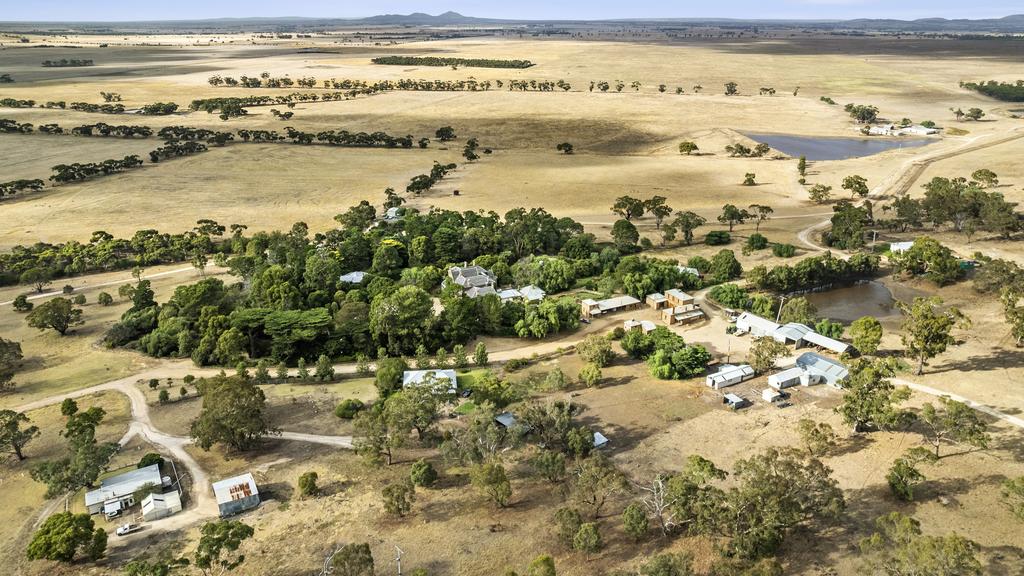
greystones farm the weekly times
The centrepiece of the property in Rowsley is the 15-bedroom bluestone homestead, which is almost 150 years old and is listed on the Victorian Heritage Register.
Greystones comprises a landholding of 4033ha and has run extensive cropping and a superfine Merino wool enterprise. It was carved out of the Glenmore run, that was established by squatters Charles Griffith and James Moore in 1840.
Mr Moore sold his interest to Molesworth Greene, with Mr Griffith and Mr Greene granted pre-emptive rights for Glenmore in September 1852. In the 1870s, Mr Greene subdivided Greystones from the larger Glenmore and in 1876 architects Lloyd Tayler and Frederick Wyatt designed the bluestone residence.
Sir William acquired the property in 1934 and rejoined it with part of Glenmore, and then pioneered frozen meat exports in Victoria.
Greystones is one of the few remaining pastoral runs in Victoria developed throughout the 19th and 20th centuries.
Further north, foreign groups are also buying cropping aggregations. Poultry pioneer David Bartter’s 26,839ha Ballandry aggregation in the NSW Riverina region has just been snapped up by a venture between an Australian farmer and a Canadian investment fund.
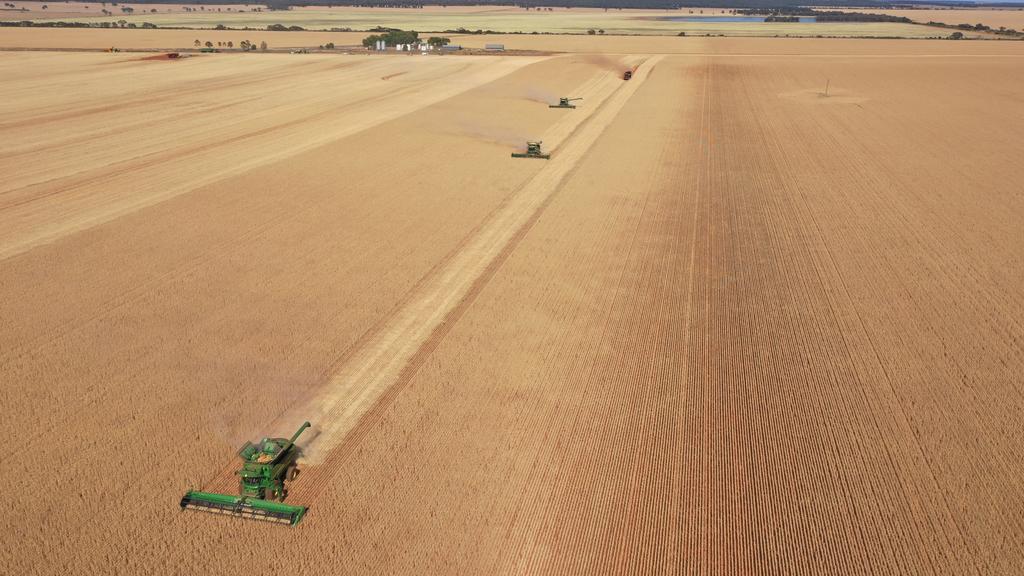
Ballandry in the NSW Riverina has been bought by a venture between an Australian farmer and a Canadian investment fund
The aggregation is 37km north of Griffith and went on the block for $120m this year. It comprises 16 dryland cropping properties, which were amalgamated by Mr Bartter over the past four decades.
Boo Harvey of CBRE Agribusiness handled the sale but declined to comment on the price. Crops include wheat, barley, canola and legumes such as lupins and vetch.
“By improving the soils, we are now able to grow crops with much higher yields on less rainfall than what we have ever been able to do before,” Mr Bartter said.
Ballandry was purchased on a “walk-in-walk-out” basis and included 45,457 Murrumbidgee irrigation delivery entitlements, as well as the benefit of the 2023 crop.
The overall Ballandry offering included 20,000 tonnes of grain and fertiliser storage as well as machinery sheds, workshops, plant and equipment.
Other properties have won European buyers.
The historic Gilgal Station near Cootamundra in southern NSW has just sold for just the third time in its 158 years, to the German arm of a European family office.
The 3605ha grazing property was bought by LAM LUF Overseas GMBH, via newly formed Australian subsidiaries LAM LUF Australia and Gilgal Grazing.
The Weekly Times reported that the family office paid at least $53.5m for the station, well ahead of its latest reported sale in 2020 at about $30m.


